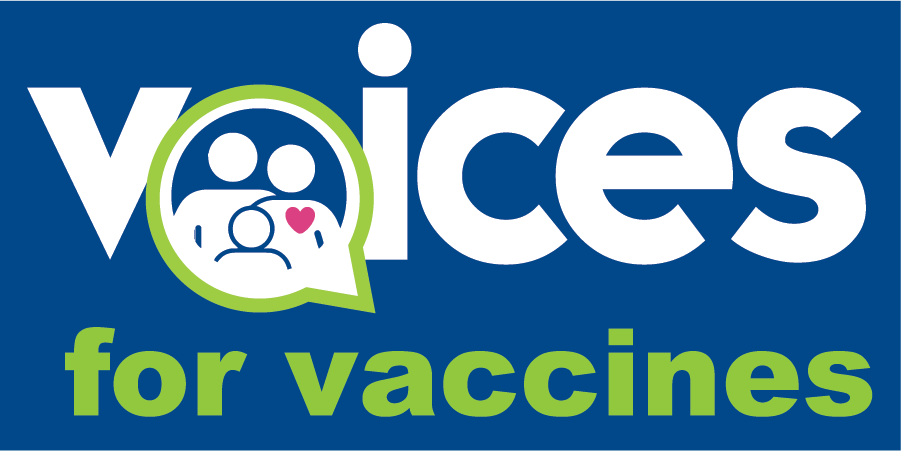The Claim:
People have many theories about why we are seeing so much RSV right now, including COVID vaccines, marketing campaigns to sell a new vaccine, and immunity debt. So why is RSV suddenly in the news?
The Facts:
One of the side effects of the pandemic was increased public awareness of infectious diseases and vaccines. So while the Twitter public might feel like RSV is a brand new virus, it’s been a long-standing concern, pre-dating COVID vaccines and the pandemic itself.
RSV, or Respiratory Syncytial Virus, has long been a concern of public health and providers, as we can see in this 2018 CDC MMWR, where the seasonality of RSV was pinned down in order to help providers look for it and administer immunoprophylaxis, which has been available in various forms since 1995.
RSV is in the news now because the public health measures we took during the pandemic also prevented some RSV spread. And now a bunch of kids and older adults are getting it, and it’s a whopper.
Of note, the hunt for an RSV vaccine began in the 1960s, and only now might we finally have one on the horizon.


